- Joined
- Sep 16, 2025
- Messages
- 1,284
- Reaction score
- 2,017
- Points
- 173
Welcome to this guide, overall i recommend using “faceIQ” (what can only be described as objective) facial rating formula. I believe this to be very accurate.
Either way without further a do, lets get into the ideal facial ratios. This will give you a decent idea of your base.
facial width to height ratio (FWHR): 1.8+
measured by dividing the bizygomatic width (distance from cheekbone to cheekbone) by the height of the middle part of the eyebrow to the upper lip.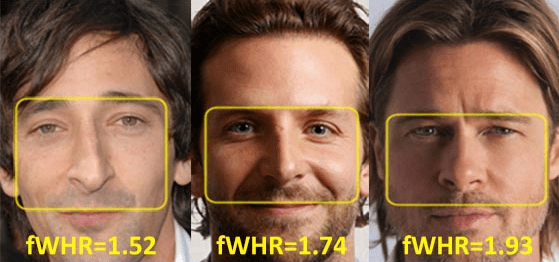
lower/full face ratio: 0.62+
measured by dividing the height between the nasion to the bottom of the chin by the face height (distance from hairline to bottom of the chin)
midface ratio: 1.0-1.1
measured by dividing the interpupillary distance (distance between the centers of the pupils) by the height of the nasion to the upper lip. the closer to 1:1 this is, the better.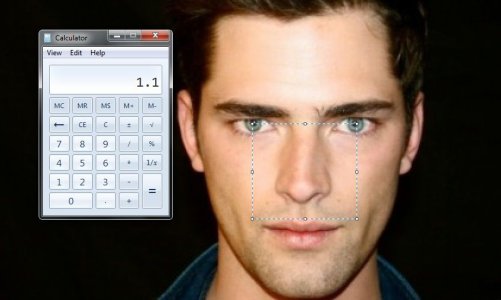
mouth to nose ratio: 1.5-1.62
measured by dividing the width of the mouth by the width of the nose.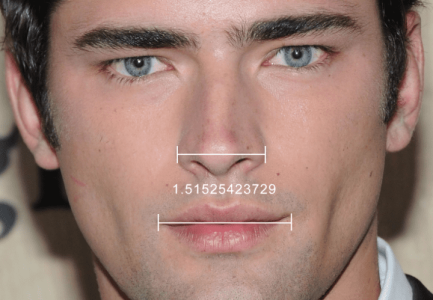
lower to upper lip ratio: 1.62
measured by dividing the height of the lower lip to the upper lip.
chin to philtrum ratio: 2.0-2.25
measured by dividing the height of the middle part of the lips to the bottom of the chin by the height of the bottom of the nose to the middle part of the lips.bizygomatic to bigonial width: 1:0.9
the ratio of the bizygomatic width to the bigonial width , ideal is bigonal 90% of the zygomatic width!
ESR (eye separation ratio): 0.45-0.47
measured by dividing the interpupillary distance (distance between the centers of the pupils) by the the bizygomatic width (distance from cheekbone to cheekbone). the "third eyeball method" - a theory in which the distance between your eyes should be another eye apart - is widely accepted in determining whether or not your eyes are an appropriate distance away from each other, however this is flawed and incorrect.EME (eye mouth eye) angle: 47°-50°
measured by calculating the angle formed upon setting the vertex at the center of the lips with the arms crossing the eye pupils. the EME angle is a good indicator of masculinity and symmetry. here is a thread with more information about this measurement.
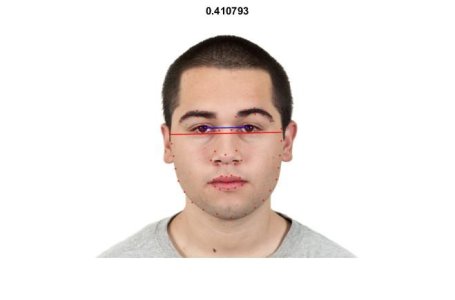
cervicomental angle: 105°-120°
measured by calculating the angle formed upon setting the vertex at the hyoid with the arms set along the bottom of the chin and the neck. anything above 120° is said to give the impression of a double chin.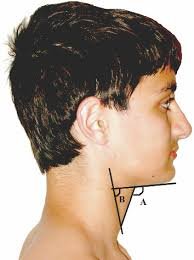
gonial angle: 115°-130°
measured by calculating the angle formed upon setting the vertex at the gonion with the arms set along the mandible and the ramus.
canthal tilt: 4°-6°
measured by calculating the angle formed upon setting the vertex at the medial canthus with the arms set parallel to the floor and the lateral canthus.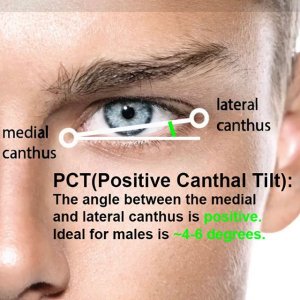
palpebral fissure length to height ratio: 3.0-3.5
measured by dividing the palpebral fissure length (distance between the medial to the lateral canthus) by the height of the upper and lower eyelid.forehead height: 3 fingers
measured by clenching your fingers together and seeing how many you can fit on your forehead horizontally before reaching your hairline.facial thirds: 1/3 of face length
the upper third (height between the hairline to the middle part of the eyebrows), middle third (height between the middle part of the eyebrows to the bottom of the nose) and lower third (height between the bottom of the nose to bottom of the chin) of the face should be approximately 1/3rd of your entire face length (height between the hairline to bottom of the chin). these facial thirds should all be approximately equal to eachother and dividable smoothly into 3 parts as you transition down the face.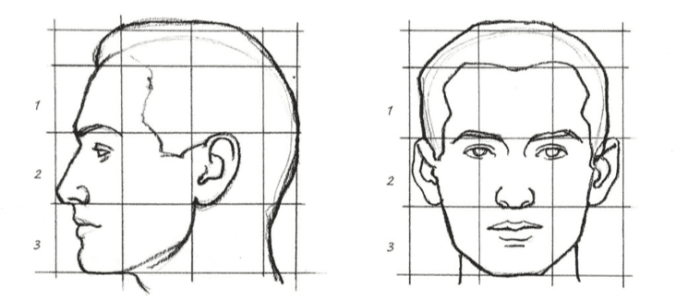
facial fifths: 1/5 of ear to ear width
the nose width, palpebral fissure length and length between the lateral canthus to the ear should be approximately 1/5th of the width between your ears. these facial fifths should all be approximately equal to eachother and dividable smoothly into 5 parts as you transition from left to right of the face.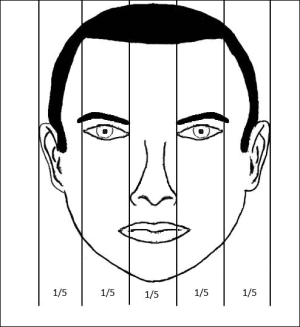
Last edited: